10 Tried and True Cleaning Tips for Pet Parents
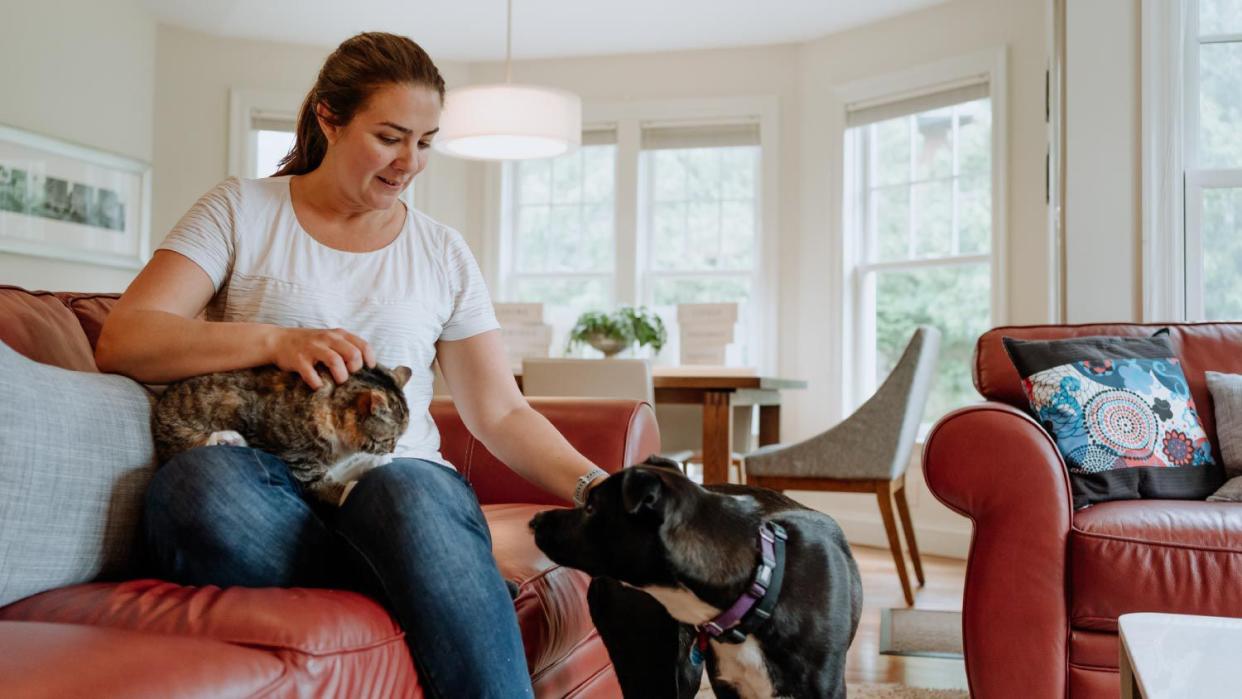
This article originally appeared on Angi and is syndicated by Cheapism.
We love our furry friends, though the messes they leave behind aren’t nearly as cute as they are. As pet owners, we knew what we were signing up for—but that doesn’t mean it’s impossible to have a clean home amongst all the flying fur and pattering paws. Follow these 10 tips to keep your place spick-and-span (with plenty of time left for cuddles).
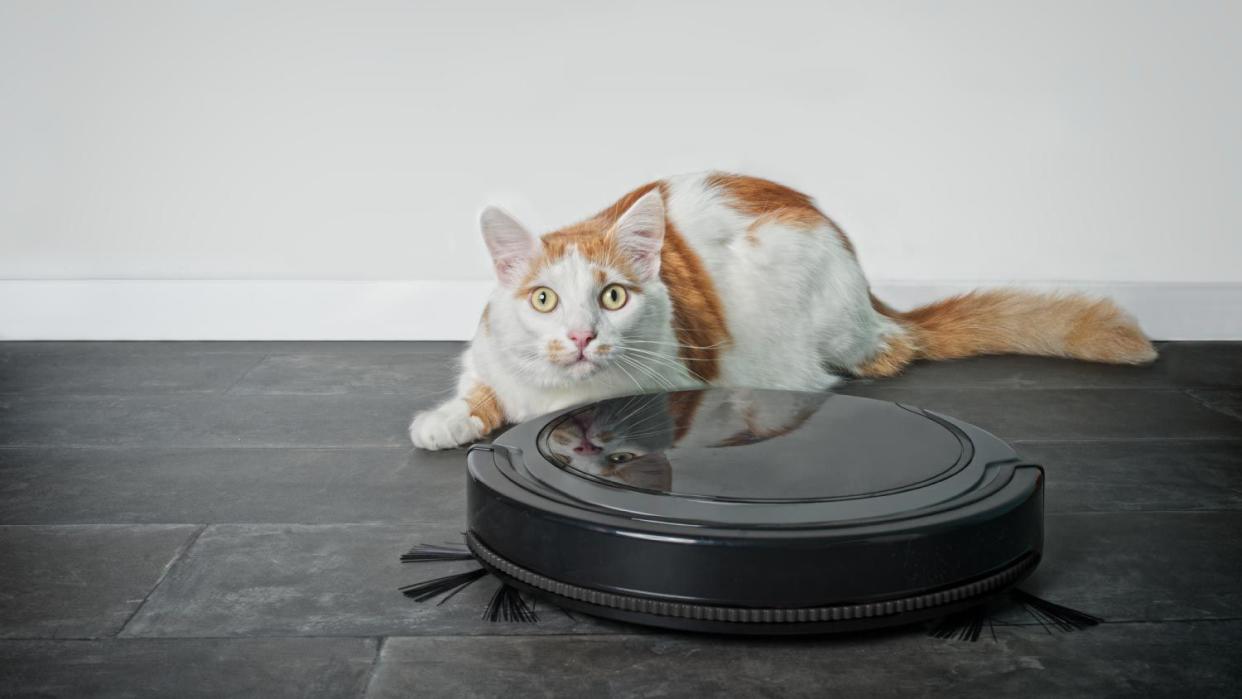
A cordless handheld vacuum is the single best tool you can have for tackling furry tumbleweeds, kibble crumbs, and pet hair on the sofa. Since there aren’t any plugs to fuss with, you can easily perform daily maintenance to prevent messes from piling up.
If you don’t own a cordless vacuum yet, run (don’t walk) and pick one up—they are a serious lifesaver for pet owners who want to keep up with their cleaning.
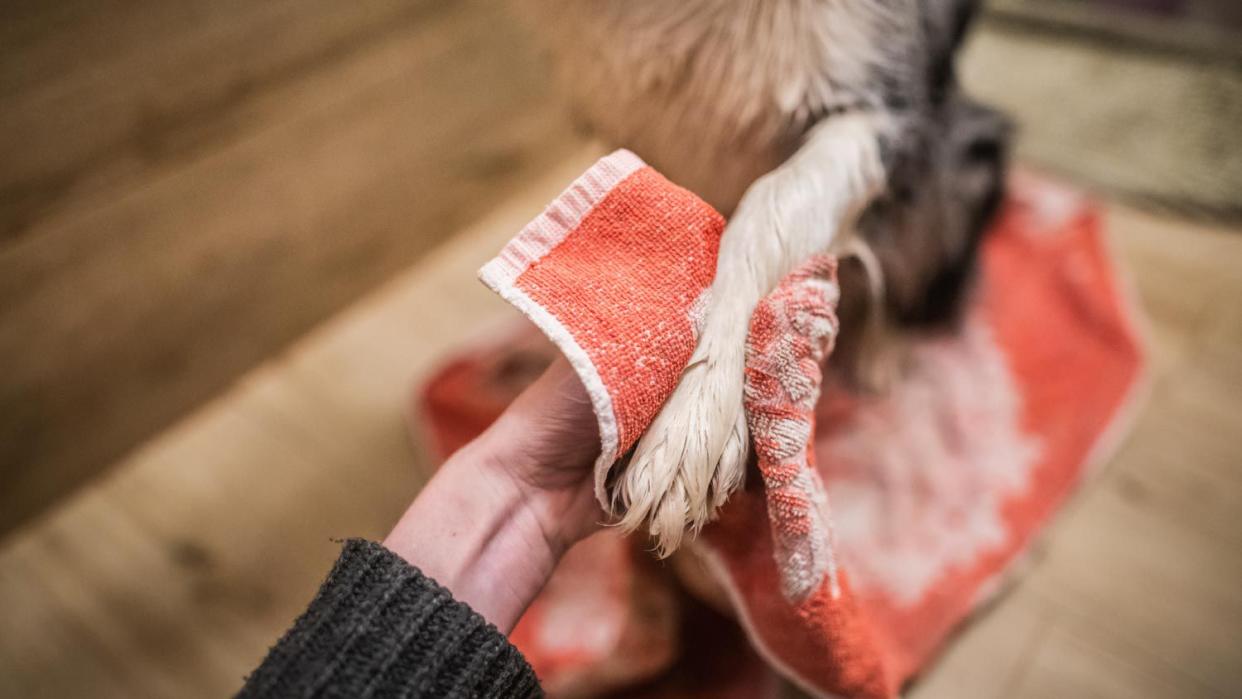
When it comes to muddy pawprints, an ounce of prevention is worth a pound of cure. Keep a plastic drip tray near your door with a bowl of warm water and some towels. Don’t let your dog tromp through the house until they’ve been through the paw wash.
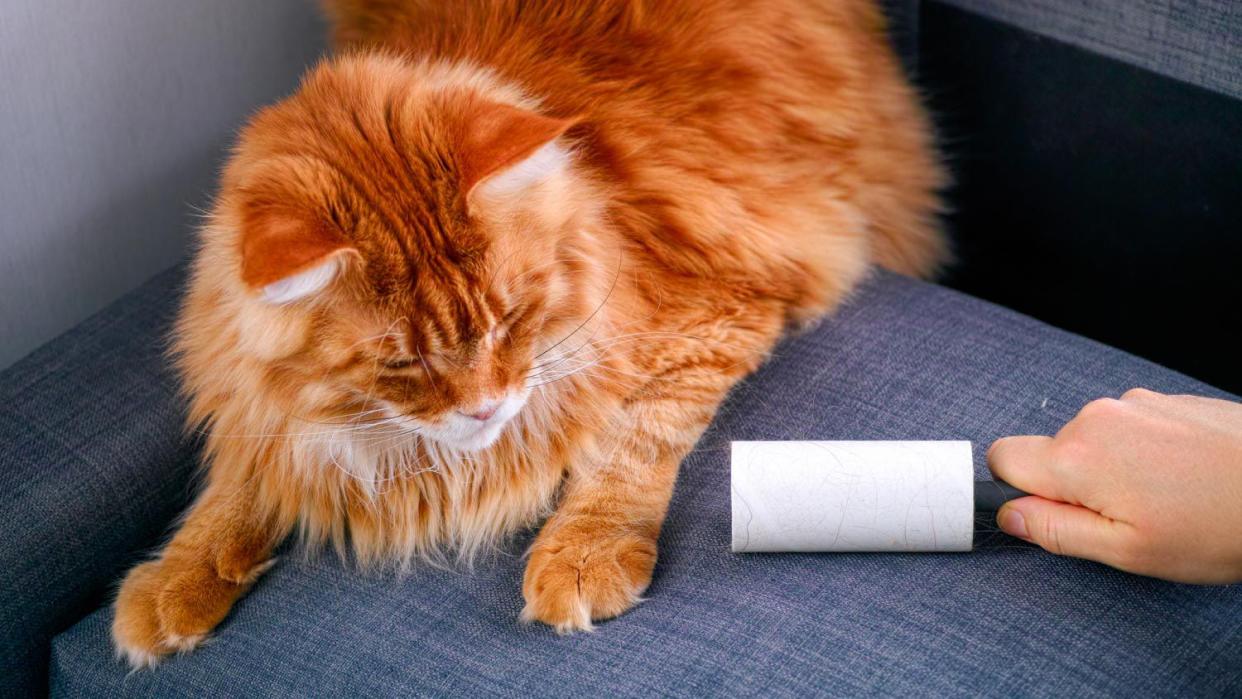
Fur gets everywhere, even in areas your dog or cat rarely frequents. Save yourself the time and aggravation of locating your nearest lint roller—buy a big multipack and stash them throughout your home. These are amazing for clothing and furniture alike, plus the easy accessibility means you’re more likely to keep up a regular fur-busting routine.
If you’re looking for another way to ditch pet hair, wrap duct tape around your hand and do a quick pat-down to de-sasquatch yourself in a jiff.
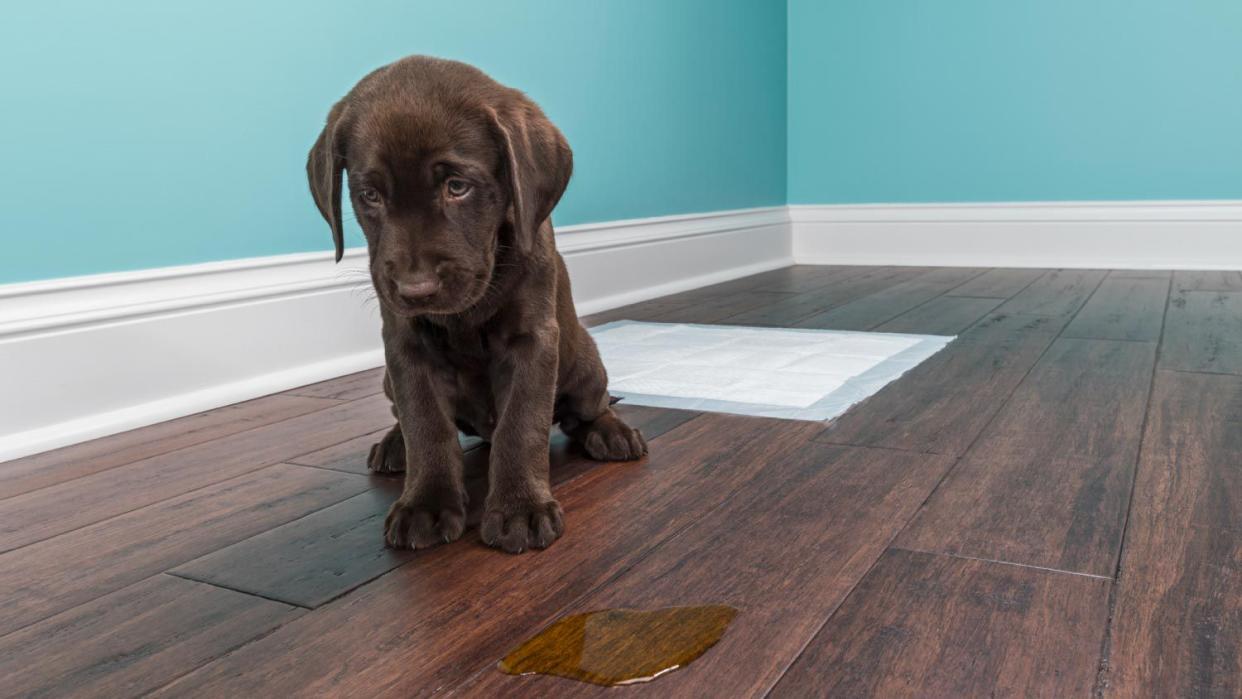
Pet messes will stain and leave smells behind if left for too long, so it’s crucial to deal with them ASAP. Cleaning up pet accidents on your hardwood floors is especially important, as the wood will absorb odors in minutes.
Gently scrape up any solids with a putty knife (or a butter knife), then take care of the remaining mess with your preferred pet stain, floor, or carpet cleaner. When dealing with carpet, remember to blot instead of rub to avoid working stains and smells further into the fibers.
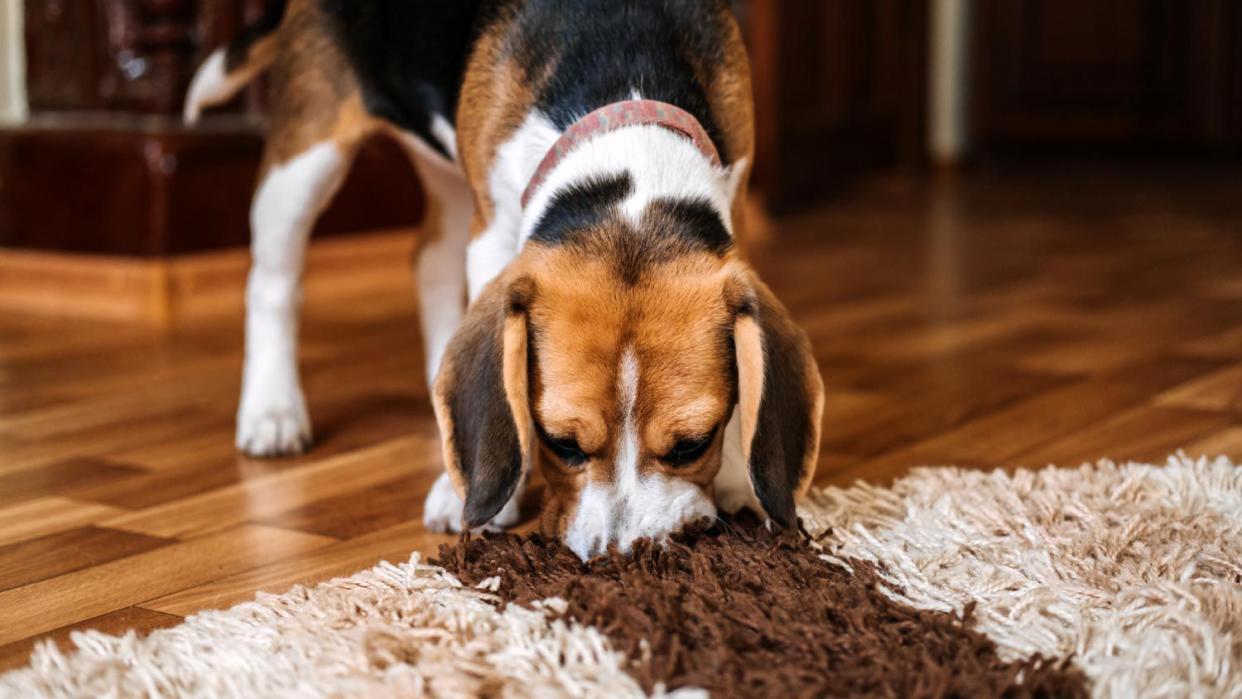
If your fur baby is sick or has an accident on the carpet, apply white vinegar after you’ve cleaned up the mess. Always test an inconspicuous area beforehand to ensure colorfastness. Consider hiring a local rug cleaning service for area rugs to ensure the dyes don’t get ruined.
Don’t soak the fibers—a spritz from a spray bottle or dabbing with a saturated rag will do the trick. Allow the area to dry, and this should take care of any lingering odors (don’t worry; the vinegar smell will go away too).
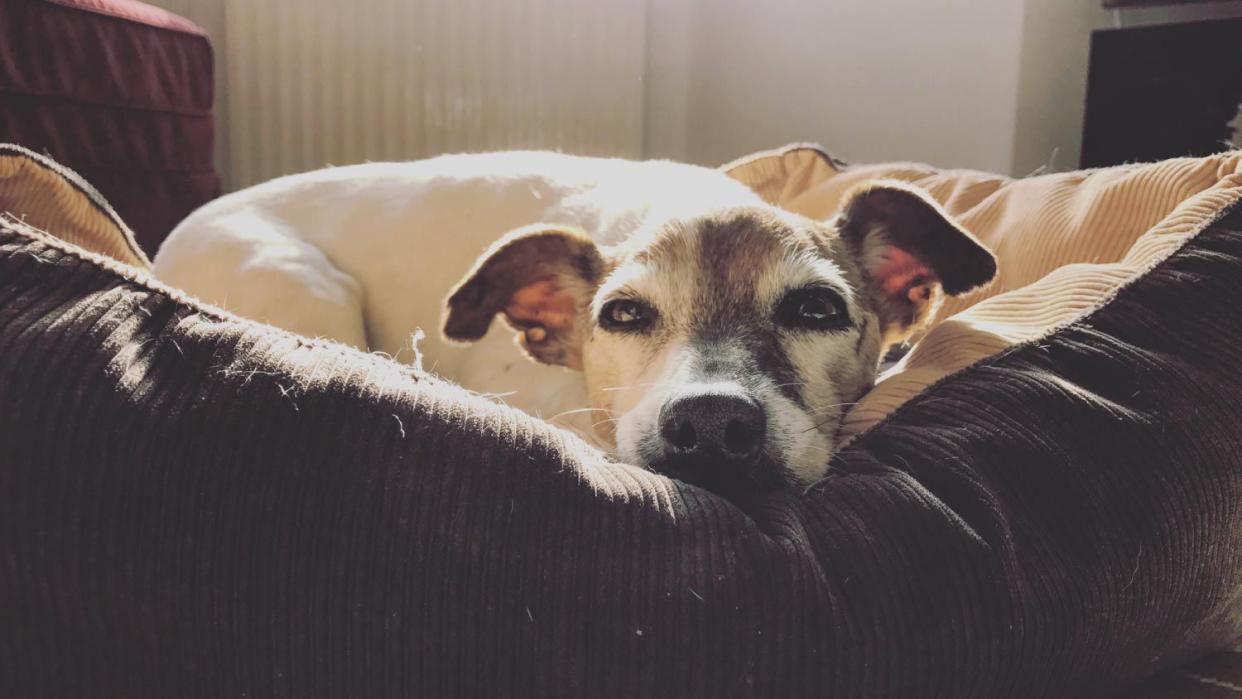
Our beloved animals tend to leave pet hair and odors behind wherever they take a nap. If you get each their own pet bed, you’re more likely to localize the fur piles. Be sure to buy beds with removable covers for quick, easy cleaning.
To be fair, this will only work on certain pets—others will still favor the furniture even if you buy the softest, squishiest bed. At least you tried. Stock up on sticky lint rollers instead.
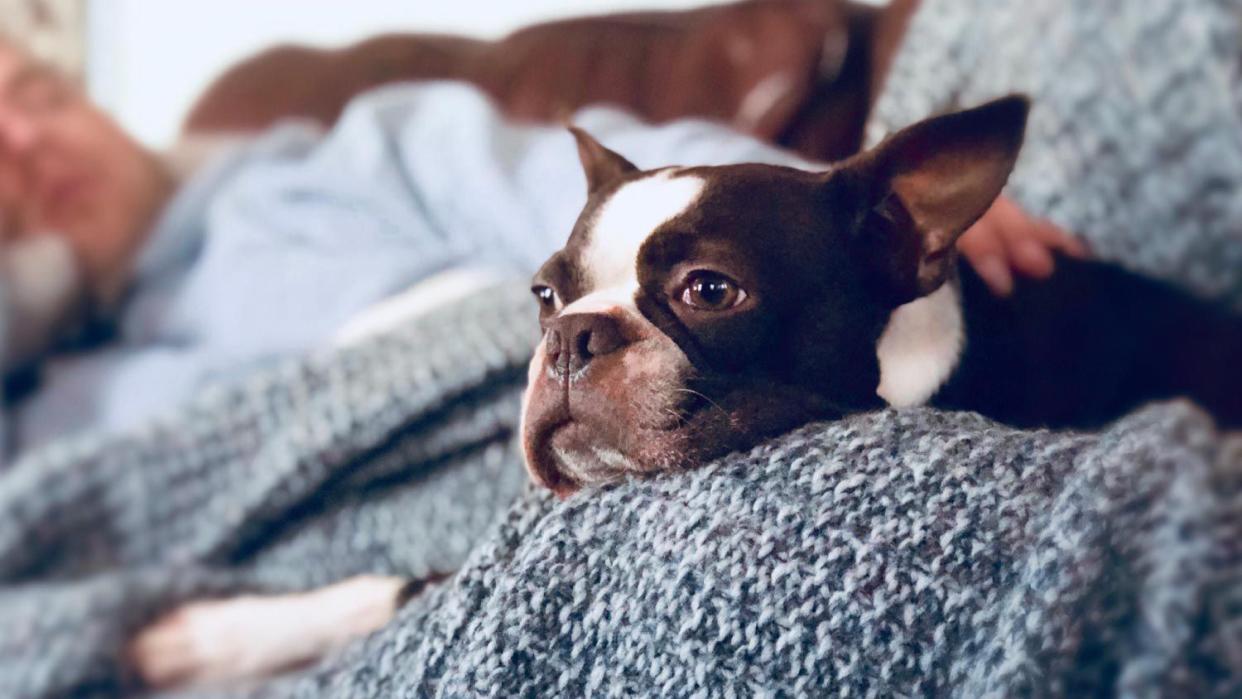
If you don’t want to ban your pups from the furniture, their naps don’t need to be a death sentence for your upholstered seat cushions. Cover them with a throw blanket and tuck it into the crevices. Look for a close color match, so it’s virtually undetectable. When it gets soiled with fur and dirty paw prints, you can just toss the blanket in the wash to avoid (or reduce) pet stains on the sofa.
Word to the wise: Avoid putting them in the dryer if you use those ultra-soft fleece throw blankets. Allowing them to air-dry will keep them soft for much longer.
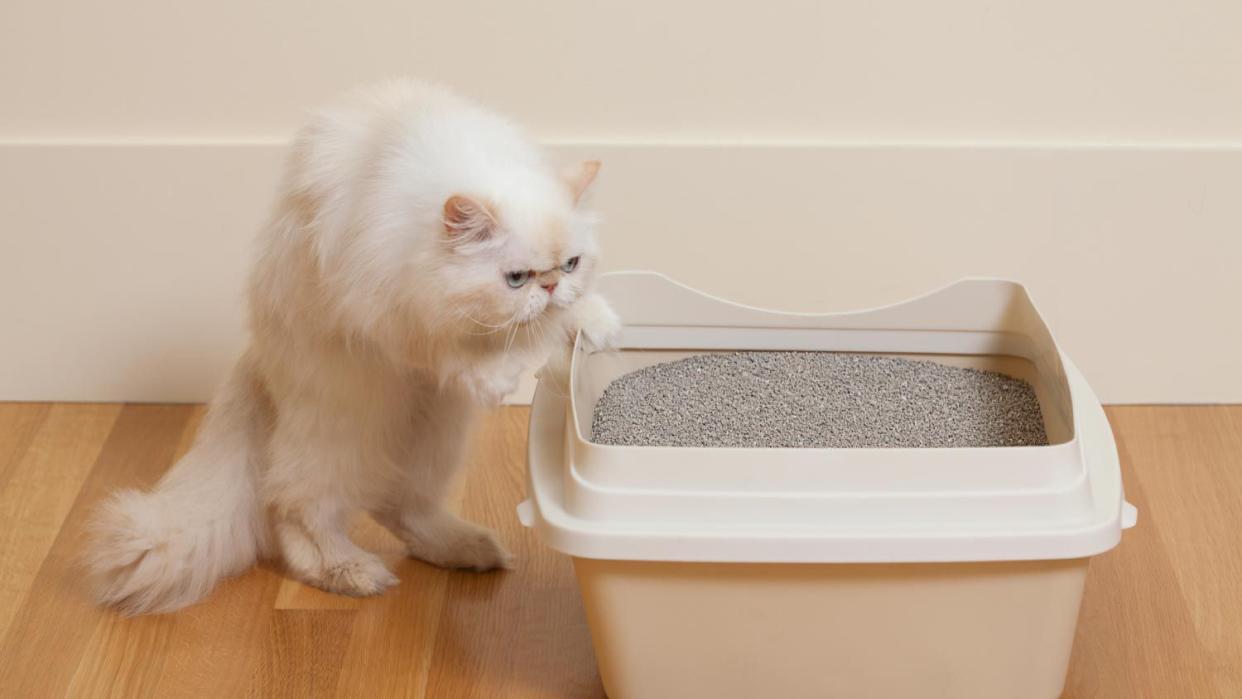
Cat owners know that the litter box can get out of hand really quickly. Scooping and cleaning it regularly is a must, but cheap kitty litter can sabotage even the best efforts. Do yourself (and your nose) a favor and invest in the nicer stuff if you can, ideally with a baking soda formula to absorb odors. You might pay more upfront, but you’ll likely end up using less over time.

When you’re doing a load of pet bed covers, blankets, sweaters, and other soft items, add about one-half cup of baking soda to the wash (along with your regular detergent). Baking soda helps neutralize odors so you won’t have any lingering funk.
Here’s a bonus tip: You can also use baking soda to absorb odors on furniture and upholstery. Simply sprinkle it on, let it sit for about 20 minutes, then vacuum it up.
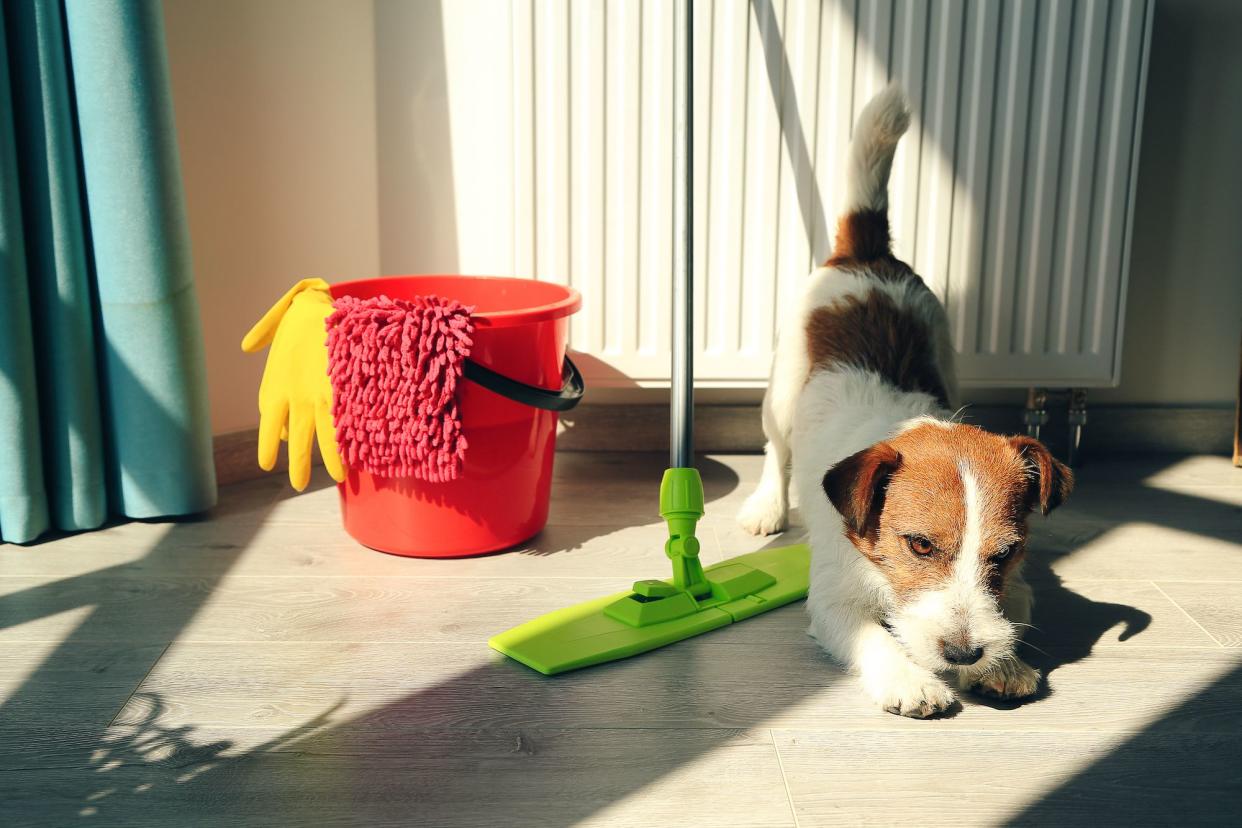
Keeping your home clean with pets is no easy task—especially when you’d much rather spend time playing fetch and dipping little toy mice in catnip. Consider hiring a house or apartment cleaning service near you to make things a lot easier, even if it’s just a monthly or bimonthly deep clean.
How often should you clean your house with pets? Vacuuming one to two times a week will help keep up with loose pet hair, dander, and tracked dirt. Also, try to shampoo your carpets three to four times per year for a deep clean.
